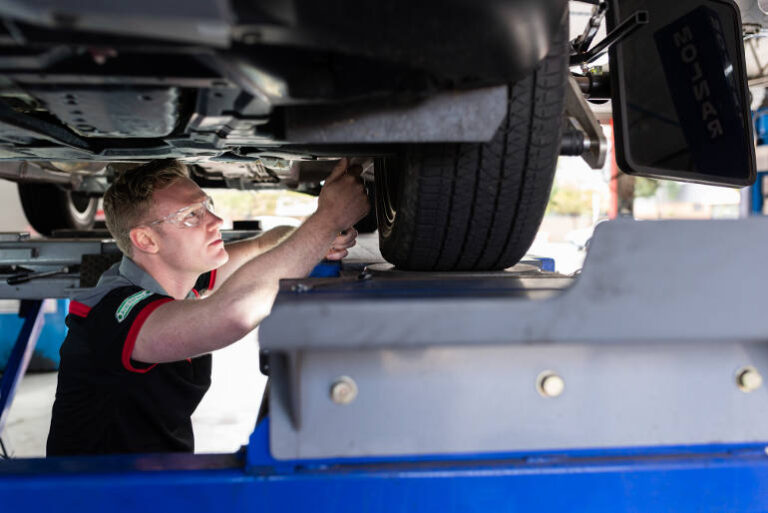Long before the cost of living crisis and high interest rates, the shortage of automotive technicians has been an issue for fleet operators around the country. It doesn’t matter where your workshop is located, finding mechanics is a challenge.
It might be beyond your control with many Fleet Managers lamenting the inability to match the wages on offer from mining companies and other industries. Though if you play the cards you’ve been dealt, there are several things that can be done to reduce the workload in the workshop to manage with the resources you have.
There’s a limited number of hours that technicians can spend on servicing and maintenance. When you take away annual leave, personal days and training, it doesn’t leave much time with a spanner in your hand. So maximising the time spent under the bonnet up is critical.
Using the IPWEA Fleet community as our source, we’ve put together the top tips for managing your fleet and plant workshops with limited resources.
1. Review service schedules
It’s amazing how many fleets are still using six months / 10,000 kilometres as their standard service schedule. As vehicle technology has changed, so have the oils and filters. You might think your vehicles need this extra attention but it’s unlikely they need to visit the workshop this frequently.
Reviewing the time per service is another area to make productivity improvements. Most late model passenger vehicles only need an oil change and inspection once a year which should only take an hour. The applies to late model trucks and plant.
2. Outsource light vehicles
It might seem counter intuitive to send your fleet vehicles to another workshop though using your highly skilled technicians to change oil isn’t the best use of resources. Dealerships are more efficient at servicing light vehicles and can ensure recalls and other warranty work is completed when required. If dealerships aren’t an option, partnering with a local workshop is a great way to share the load, training and technology.
3. Focus on pre-start checks
Pre-start checks on heavy vehicles form the basis of a strong Maintenance Management System (MMS) which is required under Chain of Responsibility. Applying the same process to all fleet assets will ensure there are eyes on your fleet at regular intervals. Regular pre-starts, and a process to manage defects, will help identify worn tyres and other damage. It’s like amplifying the existing workshop resources so every asset custodian plays a role.
4. Use oil sampling
When dealing with heavy plant in difficult operating conditions, the standard service may not be suitable. On the flip side, when you have specialised plant with low utilisation, extending service intervals might alleviate some pressure on the workshop. When combined with pre-start checks, oil sampling will allow you to understand what’s happening inside and outside to manage your downtime risk.
5. Gain approval for overtime
Reducing costs and cutting costs are two different decisions. Fleet Managers should focus on reducing costs (downtime) which might mean paying overtime to get work completed during peak periods. To gain management approval you’ll need a plan to show that the number of hours required for servicing is greater than the technician hours available. If you implement monthly reporting with this measure as a KPI, management will see the problem without the need to ask.
6. Get smarter with workshop bookings
Rethink how you book the scheduled services into your workshop. Bookings are traditionally made to suit the customer’s schedule. When you’re trying to get more from less in the workshop a production line would speed up the process. You can do this by grouping the bookings by asset class or service type. The technicians will be able to get into a rhythm and complete the work quicker.






